Mary Poppins Returns Review: Mary Poppins receives a slight upgrade 54 years later
Photo Courtesy of Melissa Hillier
Julie Andrews, who played the original Mary Poppins, chose not to make a cameo in the sequel, saying “this is Emily’s show and I want her to run with this”.
January 14, 2019
“Mary Poppins” is considered one the greatest movies ever, complete with futuristic special effects (for the time period) and astounding acting performances. The 2018 sequel, “Mary Poppins Returns,” has a high standard to meet. In its own way, the movie does.
While the musical tracks in “Mary Poppins Returns” cannot compare to the originals, which were created by the legendary Sherman Brothers, the melodies, sung by “Hamilton” star Lin-Manuel Miranda and Emily Blunt, are catchy and well-written, albeit too similar to the original film. In a press Q&A, writers Marc Shaiman and Scott Wittman explained that their “score is such a love letter to that Sherman Brothers score and to the original.”
The narrative of “Mary Poppins Returns” follows approximately the same path as the original. Twenty years after the events of “Mary Poppins,” Michael and Jane Banks, (Ben Whishaw and Emily Mortimer, respectively) are now all grown up, and Michael works in the same bank his father, George Banks, used to work at. An economic problem befalls the Banks family, and Michael, despite all attempts, seems unable to remedy the problem. The Banks children are left to fend for themselves but receive guidance from Mary Poppins, their new nanny who floats in from the sky.
The sequel is a much more developed and mature story, whereas the original “Mary Poppins” is a one-dimensional children’s tale about the wonders of youthful joy. Through deliberate choices made by the writers and director, “Mary Poppins Returns” delves into much darker themes that make the movie more relevant. For example, Michael Banks neglects his responsibilities for his children not because he values money (like Mr. Banks in the original movie) but because he struggles with immense grief after his wife’s death.
And while both movies end with the Banks family miraculously saving the lost job or home, “Mary Poppins Returns” evokes a deeper, more realistic message by explaining that you will only lose something as long as you believe you will never get it back.



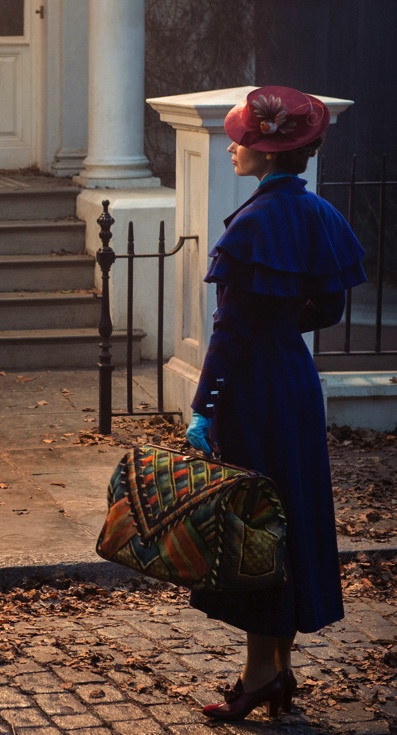
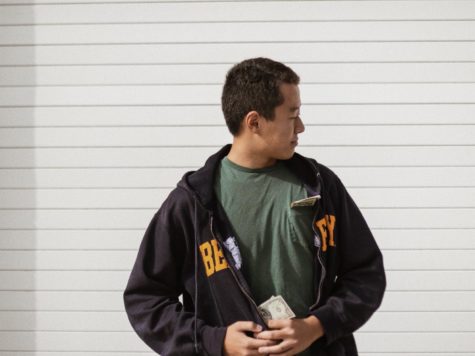

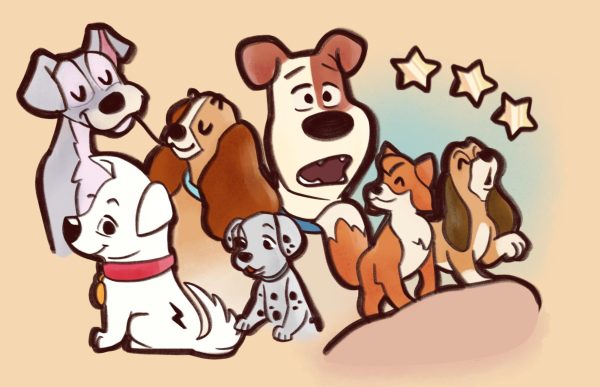
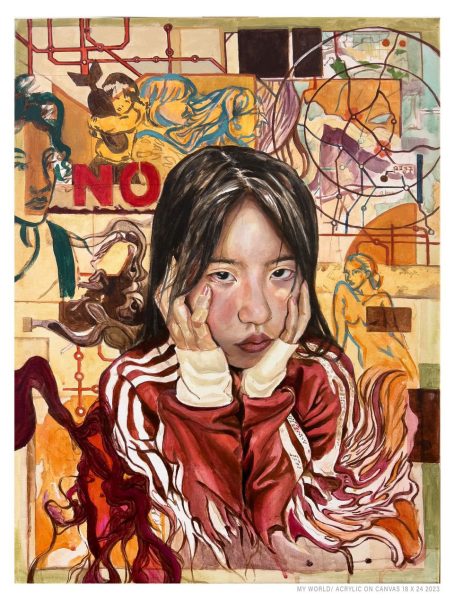

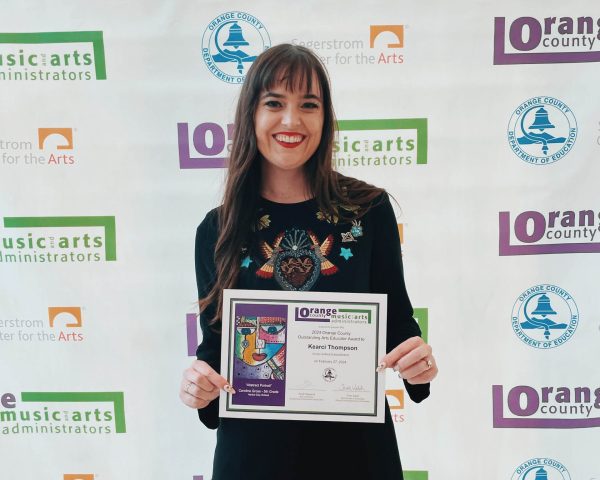
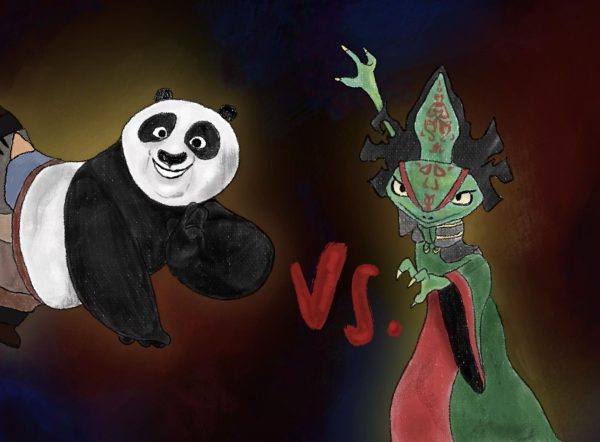

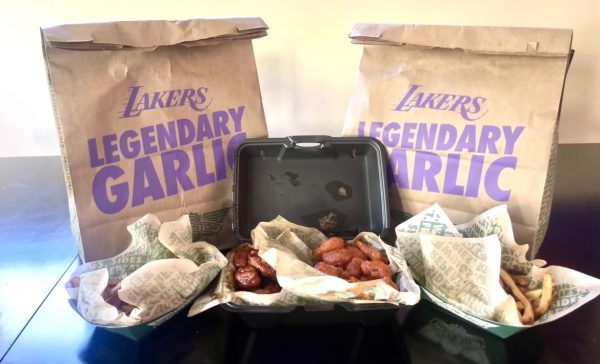

![Art Fair participants from various clubs and art courses had the opportunity to sell handmade creations to students at stands near the ASB room during lunch from Jan. 30 to Feb. 1. “I feel like its just a good way to connect with the rest of my peers, the artist community [and] the student body while also giving back to the school because its given me so many opportunities where I can flourish in the creative arts,” artist and junior Alexander Torpus said.](https://portolapilot.com/wp-content/uploads/2024/02/IMG_6896-1-600x400.jpg)
